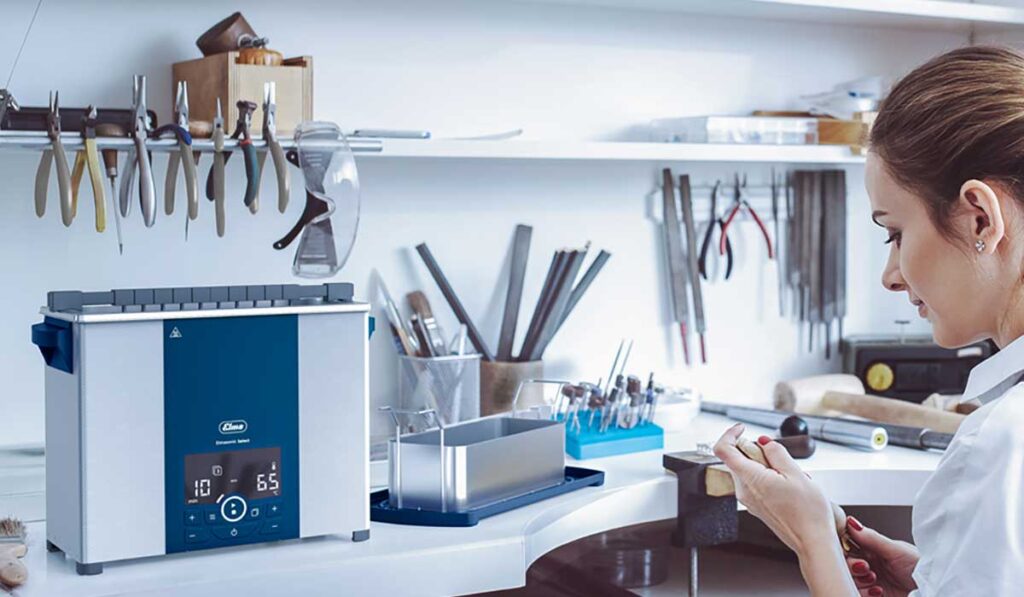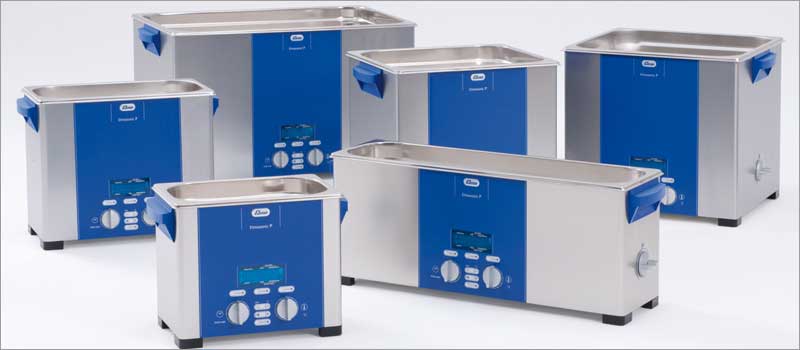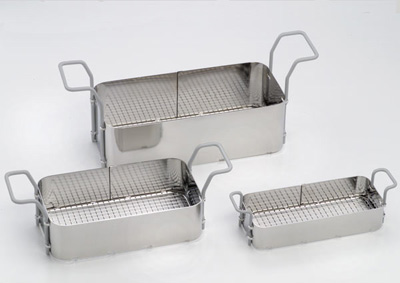
Ultrasonic Cleaner Uses in Business and Industry
According to Future Market Insights the Ultrasonic Cleaning Market will be worth US $3.2 billion by 2033, citing market forecasts predicting a CAGR of 5.3%. FMI comments that this growth is “driven by rising demand for environmentally friendly and efficient cleaning solutions, alongside notable technological advancements.” It notes “ultrasonic cleaning is more cost-effective than traditional cleaning methods.”
In this post we share with you a few of the many ultrasonic cleaner uses in business and industry and delve a little deeper on selecting and using an ultrasonic cleaner.
Examples of Ultrasonic Cleaner Uses
Here are a few of the many examples of ultrasonic cleaner uses found on our website:
- The healthcare industry for analyzing, sample processing and cleaning lab instruments
- The automotive repair business for cleaning carburetors and fuel injectors
- Metalworking businesses to remove contaminants from finely machined parts
- Removing soldering flux, residues and dirt from new and reconditioned PCBs
- The aerospace and defense industry for non-destructive testing well as for maintenance and operation procedures
- Removing mold support and other surface contaminants from 3-D printed parts
- Damage-free cleaning costly plastic injection molds
- Safely using flammable solvents to clean stainless steel filters
Now that you have an idea of the many ultrasonic cleaner uses, here’s a brief tutorial.

How Ultrasonic Cleaners Work
Somewhat like an automatic dishwasher an ultrasonic cleaner combines water and a detergent – collectively called cleaning solution concentrates – to remove grease, grime and other contaminants from objects being cleaned.
Cleaning solution chemistries are tailored to specific cleaning challenges, and are described later in this post.
Unlike high-pressure water sprays used in automatic dishwashers, ultrasonic cleaner uses depend on the power of imploding microscopic bubbles in a process called cavitation.
Understanding how ultrasonic cleaning works calls for an understanding of equipment components. A Google search for these cleaners will reveal that models and pricing range all over the map. At the basic, however, these units consist of:
- Tanks to hold the cleaning solution. Tanks should be of stainless steel; their volume depends on the size of objects being cleaned
- Ultrasonic transducers that create the cavitation and that are bonded to the bottom of the tank
- A generator to power the transducers
- Controls that range from a simple on-off switch to sophisticated microprocessors that govern cleaning time, sweep, pulse, degassing, temperature, ultrasonic frequency , ultrasonic power, auto safety shutoffs and other refinements
Ultrasonic cleaning equipment ranges from small tabletop units to huge, multi-gallon industrial cleaners. The capacity of the cleaners has little or no bearing on the features they can offer. A good place to start is reviewing our post ultrasonic cleaner selection and operating tips.
Key Points to Resolve on Ultrasonic Cleaner Uses
Regardless of the size of your business, or the cleaning challenges to be solved, an ultrasonic cleaner can represent a sizeable investment.
One of the most important issues to resolve supporting ultrasonic cleaner uses is the size of the unit you need to accomplish the task. By “size” we mean the dimensions and capacities of tanks in which ultrasonic parts cleaning is accomplished.
Five key points come into play and are covered in our post on selecting an ultrasonic parts cleaner size.
Another key point is using the proper cleaning solution in your unit. As noted earlier, selecting the right cleaning solution chemistry is critical to achieving satisfactory results.
Most commonly used chemistries fall into three categories: alkaline, acidic and neutral. They are usually supplied as concentrates so a little goes a long way.
When formulated with non-toxic biodegradable ingredients, spent solution disposal concerns are eased. Manufacturers provide dilution and cleaning temperature recommendations.
More on this is covered in our post on selecting an ultrasonic cleaning solution. The large variety offered helps to increase the number of ultrasonic cleaner uses.
Accessories to Increase Your Throughput
Having the right tools makes the job go easier, so the saying goes. The same applies to increasing the effectiveness of your ultrasonic cleaner uses. Product offerings by ultrasonic cleaner manufacturers may indicate accessories that come with the unit or are optional.
For more on this see our post selecting ultrasonic cleaner accessories.
In Conclusion
We hope this post helps you appreciate the number of ultrasonic cleaner uses across business and industry while providing useful information on selecting a unit for your operations. As further assistance, our scientists have compiled a list of answers to frequently asked questions we receive on this topic.
In addition our ultrasonic cleaning learning center videos can be helpful in getting the most out of your ultrasonic cleaner.
And you are always welcome to contact us for unbiased advice on selecting a unit to handle your requirements.

